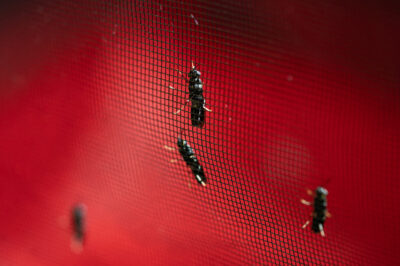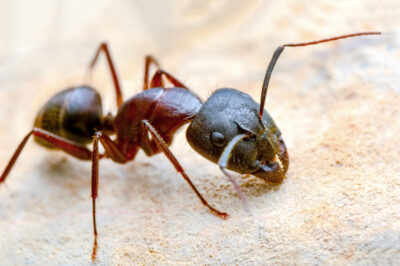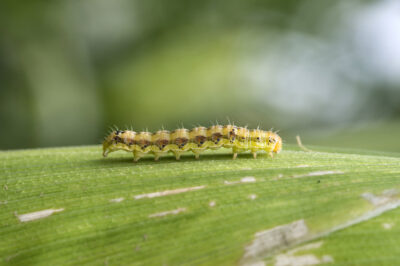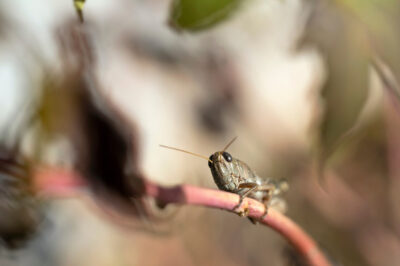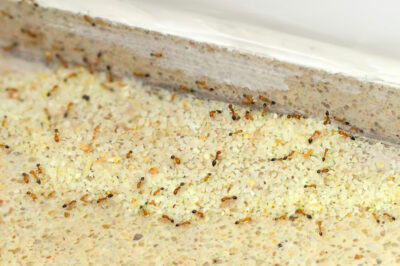Integrated Pest Management
The goal of IPM is not to eradicate pests, but to eliminate pest problems by strengthening and stabilizing the landscape so that conditions are more favorable for plants than for pests. This balance is achieved by employing a combination of practices to prevent or avoid pest problems rather than treating them once they occur.
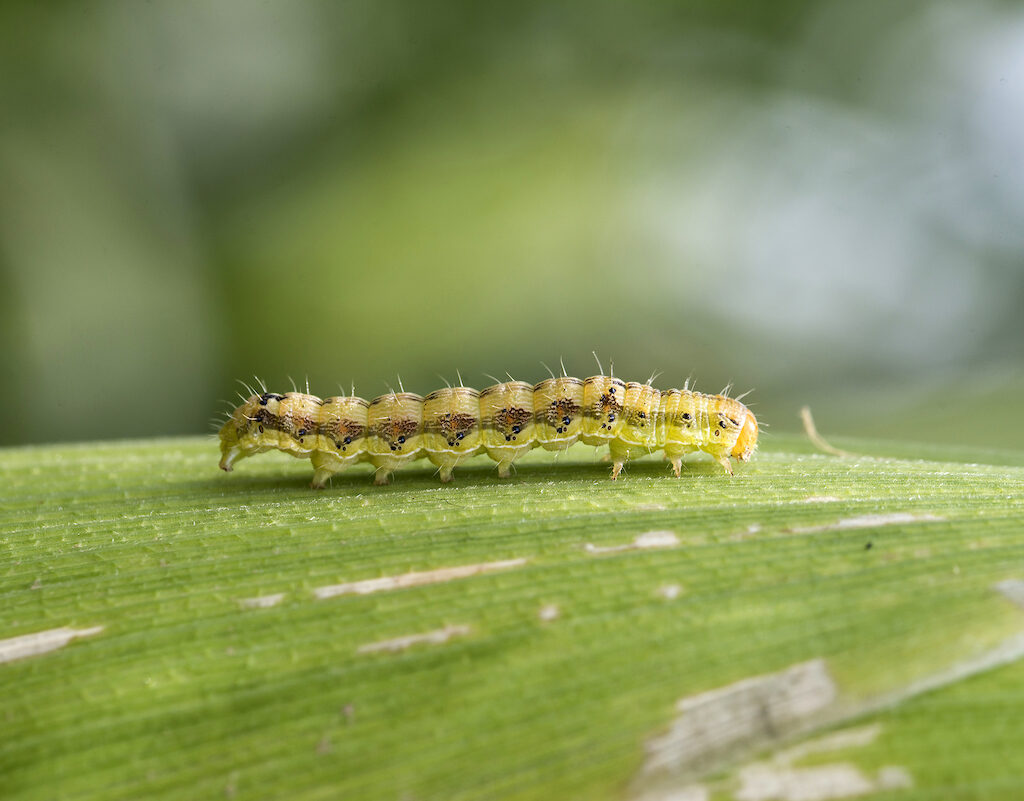
Learn About
Integrated Pest Management
Programs
All Resources on Integrated Pest Management
- Course
Offered through Texas A&M University, this course reviews termite identification and biology, the proper way to conduct inspections and treatments, safety procedures, as well as both federal and Texas state laws governing insecticide use.
- Service
Submit insect samples for identification to the experts in urban entomology.

- Program
The CEU Vector Education program is designed to educate personnel in cities and municipalities that are in the field of vector abatement or are working on setting up a vector management program.
- Program
The Texas Imported Fire Ant Research and Management Project is to find effective methods to eliminate this invasive species as a major economic and medical pest.

- Program
This service provides training on how to scout for and identify insect, weed, and disease pests of cotton, and making pest management recommendations.

- Program
The AgriLife Extension Entomology program is located across Texas and can provide advice on control of urban, structural, landscape, garden, veterinary and agricultural pests and pests that are threats to human health.

- Tools and Apps
Fire Ant Spatial Information and Decision Support System provides a synthesis of information for use in suppression of the red imported fire ant.
- Program
The CityBugs program provides timely and accurate information about integrated pest management in urban environments.

- Program
IPM Experience House is a hands-on training facility that is used to provide a realistic, controlled environment for IPM training.

- Program
Livestock veterinary entomology is the evaluation and understanding of ectoparasites that bite and feed on livestock and companion animals, affecting animals’ thriftiness, behavior, and lifestyle.

